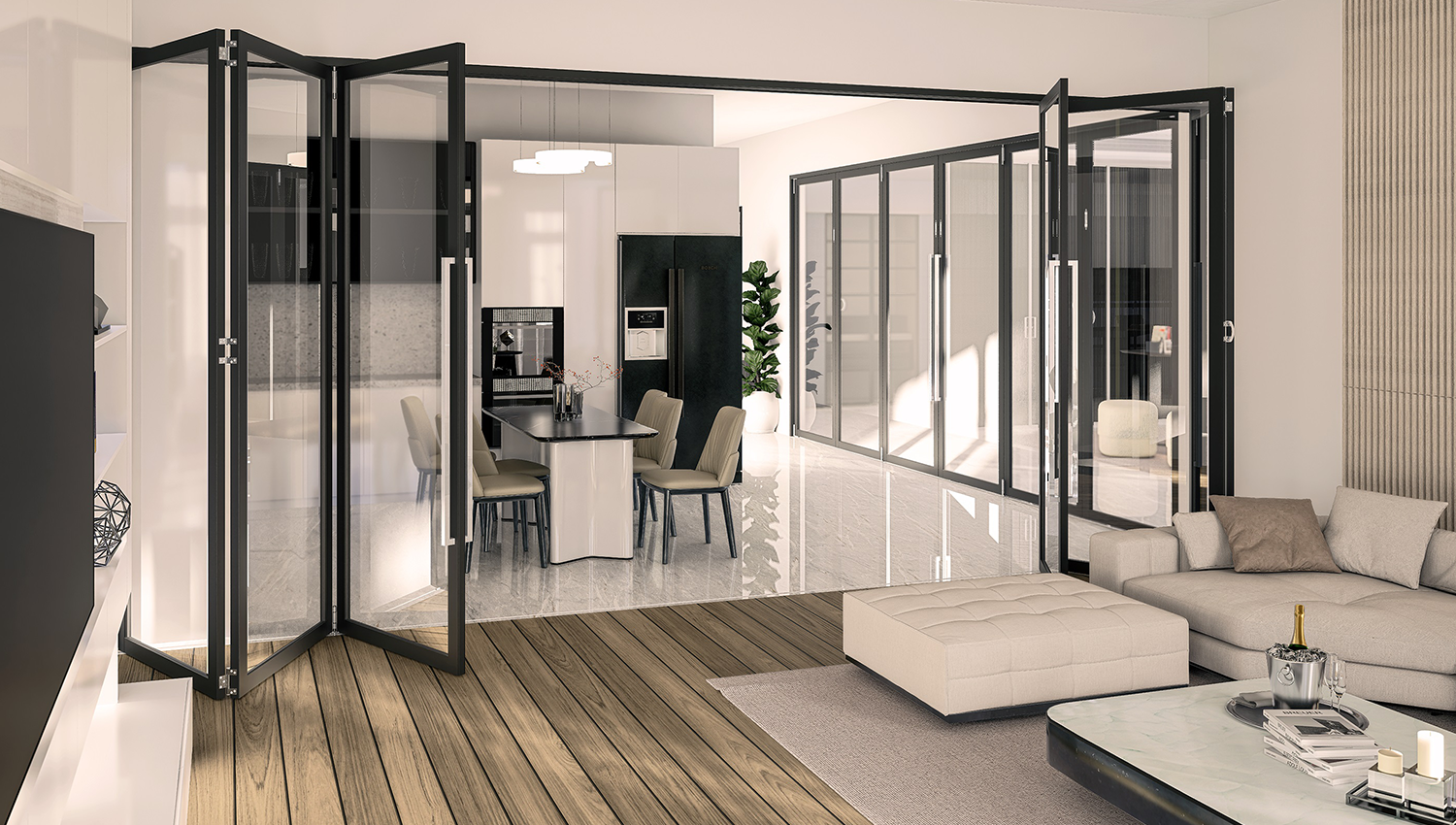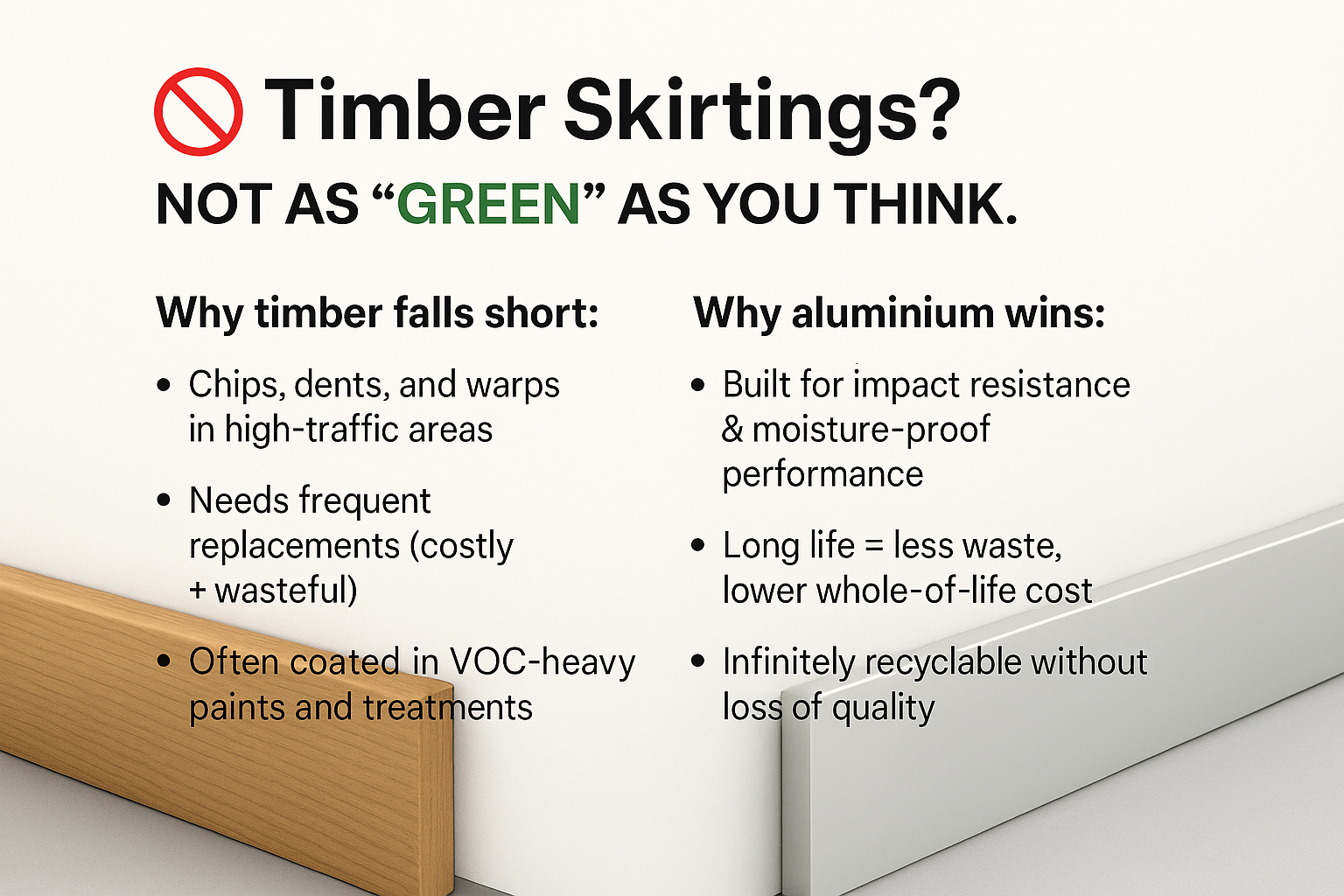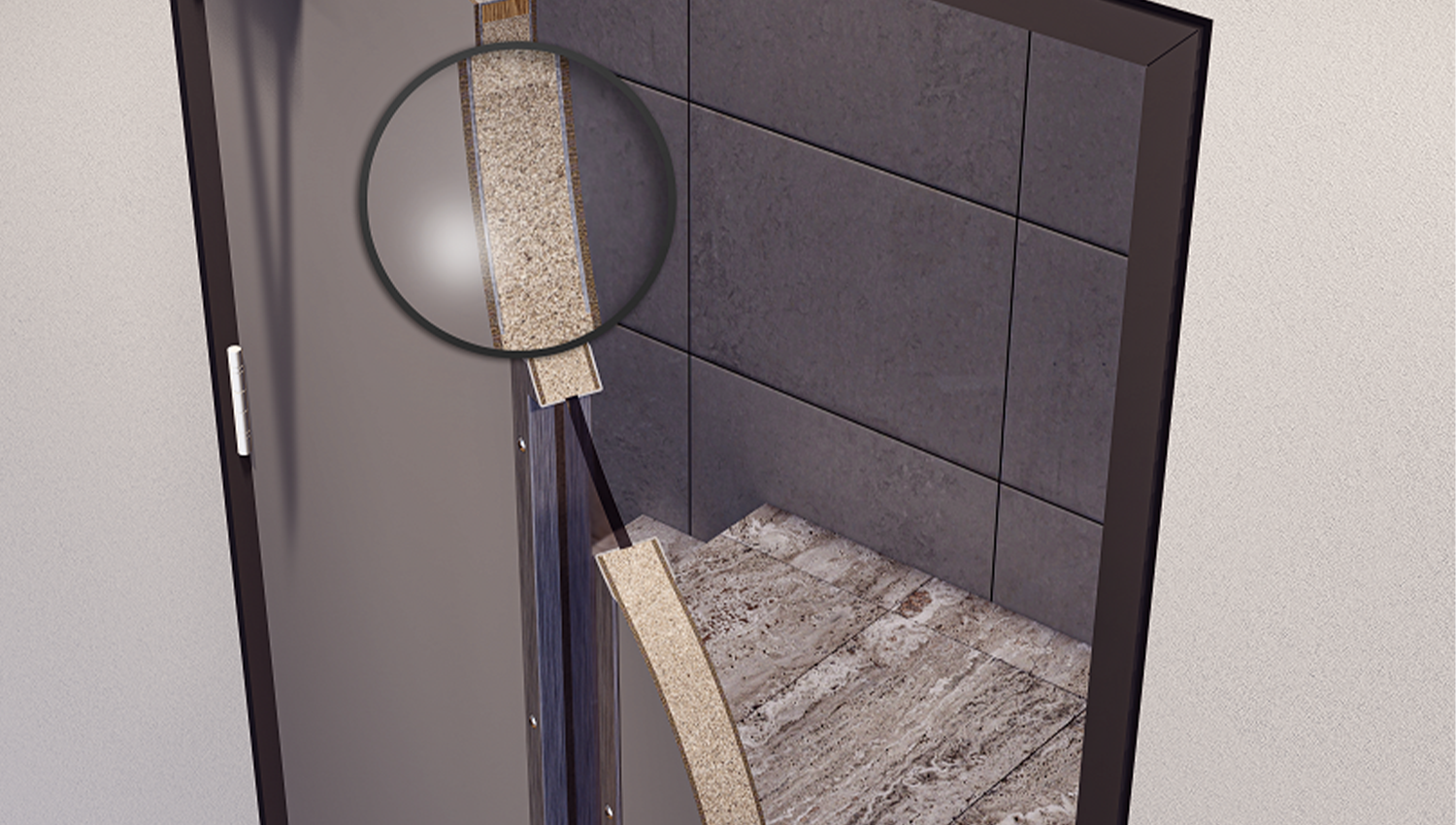
The Pros and Cons of the Open Office

Pre-1950s, open-offices were the province of lowly white-collar workers such as clerks, typists or technicians. These tended to consist of Fordist, utilitarian rows of desks and benches upon which workers carried out their repetitive daily tasks. Meanwhile, employees of a higher rank had enclosed offices to which they could retire in private. Whether a tiny box or a spacious corner suite, these spaces offered seclusion for serious work.
However, in the 1950s, a German team named Quickborner conceived of an open office design revolution, intended to promote a more sociable and collaborative atmosphere in the workplace. Though enthusiastically embraced by many businesses, perhaps most famously Google, there has been debate about the efficacy of this design ever since.

Pros
The open office design breaks down walls between colleagues, literally and figuratively, making it easier for workmates to approach each other with questions and engage in conversation. This can create advantages for a business by encouraging collaboration, exchange of ideas, and innovation. It can also increase employee engagement by making workers feel closer to each other and part of a genuine team, invested in the culture of their company.
For the business, open plan offices can be cost-saving in terms of construction, utilities, and equipment. They also lead to greater flexibility in terms of office configuration, as they can be altered more easily when staff numbers or other needs change.

Cons
Many argue that the open office design is actually more harmful to workers than helpful – in fact, it wouldn’t be an exaggeration to say there is a strong backlash against the concept.
Various studies have concluded that workers in an open environment report higher rates of dissatisfaction with their work setting and also their own work performance, thanks to high noise levels, lack of privacy, and constant interruptions. These self perceptions have been backed up by various studies in workplace design, finding that productivity drops measurably in these environments. This obviously has costs for the business, on top of greater expenses in temperature control and increased sickness rates as germs can pass more easily between workers.

Australia Post Offices in Strawberry Hill – the Perfect Compromise
The best answer, as with most things, lies somewhere in between. Many workplaces find that an optimal design acknowledges the importance of both types of work, with separate areas that enable employees to carry out either one as is necessary. This serves to lift productivity and general office morale, a win-win for both business owners and employees.
Many contemporary offices now incorporate a mix of enclosed rooms for private concentration and meetings, and open collaborative spaces for workers to gather and share ideas. One of our recent projects for the offices of Australia Post in Strawberry Hills is a great example.
This office design offers the best of both worlds. There are open spaces for employees to sit and talk together. A warm-coloured decor and slatted ceiling system provides a comfortable, cosy atmosphere, designed to promote harmony and collaboration while preventing the openness from feeling intimidating.
The use of the Linium suite’s glazed partitioning affords privacy and acoustic muffling while at the same giving a sense of spaciousness and light. It also gives those using the room seclusion from the rest of the office without being entirely cut off from it. When a more private space is needed, the office also offers enclosed meeting rooms.
This office design allows workers to move between both modes of work as needed – from sociable collaboration to privacy and focus.
Open or Enclosed – What Do You Think?
The battle over the open office space is a hot button topic at the moment – what do you think? Do you love the open air, or are you dying to retreat behind a closed door? Keep the debate alive in the comments below!

When we think of luxury homes, the focus often falls on architectural statement pieces – expansive glazing, bespoke joinery, or curated finishes...

Right now, specifying timber skirtings is popular – but when we look at the bigger picture, the environmental and performance realities tell a different story...

When it comes to commercial fitouts, safety and compliance are just as important as design and durability.